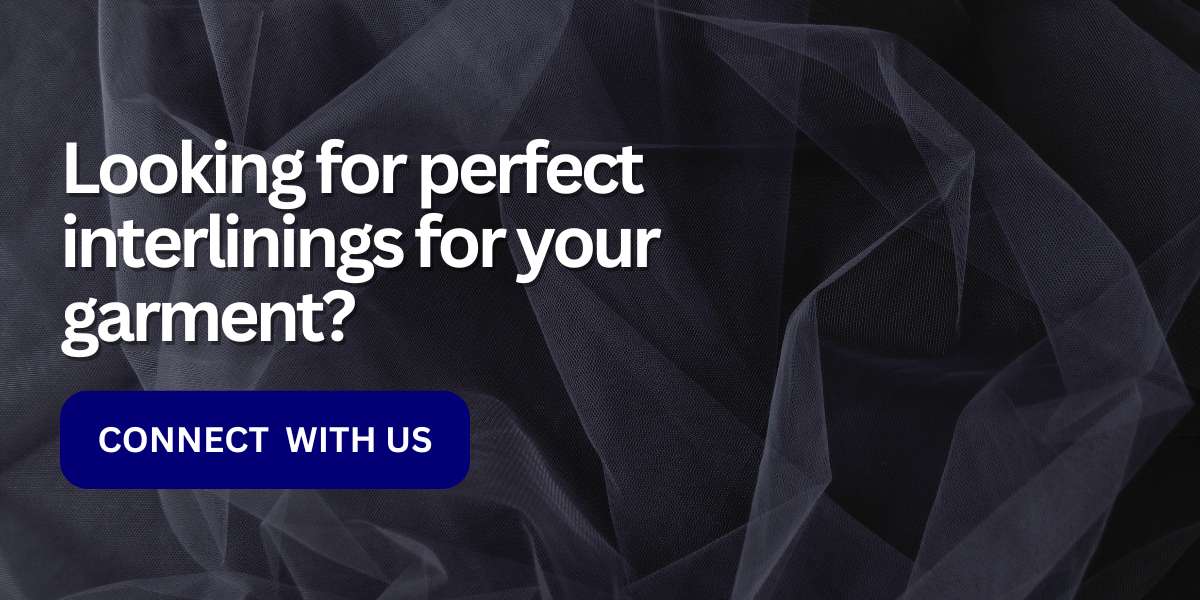Choosing the Perfect Woven Interlining for Your Garment
Hey there, sewing enthusiast! Are you diving into the world of [garment type] construction and feeling a little overwhelmed by interfacing options? You’re not alone. Woven interlining, that magical layer – also known as woven fusible interlining or woven interlining fabric – sandwiched between your fabric and lining, can be a game-changer for structure, shape, and that oh-so-satisfying professional finish. But with a vast array of weights, materials, and applications, choosing the right woven interlining fabric can feel like wrangling a tangled spool of thread.
Fear not, fellow stitcher! This guide will be your compass, navigating you through the exciting world of woven interlinings for your dream garment type.
Table of Contents
- Unveiling the Magic of Woven Interlinings
- Demystifying Woven Interlining Basics
- The Perfect Match: Choosing Your Woven Interlining
Why We Love Woven Interlinings
Before we delve into specifics, let’s talk about the superpowers woven interlinings bring to your garment type. They’re like the silent guardians, working behind the scenes to:
- Provide Structure: Imagine a crisp collar or a sharp waistband – that’s the magic of interlining. It adds body and stability, preventing your fabric from sagging or losing its shape.
- Enhance Drape: Depending on the weight and type, interlining can actually improve how your fabric falls. It can tame overly-drapey materials or add a touch of weight for a more luxurious flow.
- Boost Wearability: A well-chosen interlining makes your garment type more durable. It reinforces areas prone to wear and tear, extending the life of your creation.
- Achieve a Professional Finish: That smooth, polished look? You can thank interfacing for that. It eliminates fabric bulk and creates a clean, tailored aesthetic.

Understanding Woven Interlining Basics
Now that you’re pumped about interlining’s potential, let’s break down some key factors to consider when choosing the perfect woven interlining fabric for your garment type
- Weight: This refers to the thickness and density of the interlining, measured in grams per square meter (gsm). Here’s a quick guideline:
- Lightweight (20-60 gsm): Perfect for summery fabrics or areas that need a touch of structure without losing drape (think shirt yokes or lightweight jacket facings).
- Mediumweight (60-100 gsm): The workhorse option, ideal for most general-purpose interlining needs in garment type construction (like collars, cuffs, and waistbands).
- Heavyweight (100+ gsm): For those heavier fabrics and outerwear projects where serious structure is required (think winter coat collars and structured jackets).
- Material: Woven interlinings come in various materials, each with its own properties:
- Hair Canvas: A classic choice for tailored jackets and blazers, offering excellent shape retention and a natural drape.
- Cotton: A natural, breathable option for lighter-weight applications, ideal for maintaining a softer hand in your garment type.
- Polyester: A popular and versatile choice, offering good structure and stability at a more affordable price point.
Choosing the Right Interlining for Your Garment Type:
Now comes the fun part – tailoring your interlining choice to your specific [garment type]! Here are some specific recommendations:
For Blazers and Jackets:
- Aim for medium to heavyweight interlining: You want your blazer or jacket to have a structured silhouette that holds its shape. Hair canvas or a medium weight polyester interlining are great options.
- Consider fusible interlining: This type heat-bonds to your fabric, making application of your woven fusible interlining a breeze.
- Pay attention to drape: If you prefer a softer jacket, opt for a slightly lighter weight interlining or a more pliable material like cotton.
For Collars and Cuffs:
- Medium weight interlining is your friend: This provides enough structure for a crisp collar or defined cuff without feeling bulky.
- Fusible interlining makes construction easier: Especially for those curved areas when working with your woven interlining fabric.
- For a softer collar, explore lightweight fusible interlining options.
For Waistbands:
Medium weight interlining is a good starting point: This ensures your waistband keeps its shape and provides a comfortable level of support.
Consider sew-in interlining: This might be preferable for thicker waistbands, offering more flexibility during construction.
For a structured, no-gap waistband, explore heavyweight interlining options.
Pro Tips for Interlining Success:
- Always pre-wash your fabric: This prevents shrinkage mishaps after you’ve attached the interlining.
- Test a scrap! Before tackling your entire project, fuse a small piece of interlining to your fabric to ensure adhesion and drape work as expected. This is especially important when using a new type of woven interlining fabric.
- The iron is your friend: Use the correct heat setting for your chosen interlining to ensure a secure bond. Consult the manufacturer’s instructions for optimal results.
- Don’t be afraid to experiment! As you gain experience, you can explore different weights and materials to achieve the perfect level of structure and drape for your desired look. There’s a world of woven interlining possibilities out there!
Beyond the Basics: Specialty Woven Interlinings
The world of woven interlinings extends beyond the standard varieties. Here are some specialty options you might encounter:
- Tricot Fusible Interlining: This lightweight, knitted interlining offers a soft touch and slight stretch, making it ideal for curved areas or garments with a bit of movement.
- Woven Fusible Webbing: This narrow, woven interlining is perfect for reinforcing seams, buttonholes, and other areas that need extra strength.
- Fusible Fleece Interlining: This adds a layer of warmth and body to your garment, ideal for winter projects or creating a structured silhouette.
Finding the Perfect Woven Interlining Source
Now that you’re armed with knowledge, it’s time to find the perfect woven interlining for your project! Here are some tips:
- Fabric Stores: Most well-stocked fabric stores carry a variety of woven interlining options. They can also be a great resource for advice and recommendations.
- Online Retailers: The internet offers a vast selection of woven interlining fabrics, allowing you to compare prices and find specialty options.
- Sewing Notions Suppliers: These companies often cater to professional sewers and may offer a wider range of high-quality woven interlinings.
With a little research and these handy tips, you’ll be a woven interlining pro in no time! Remember, the right interlining can elevate your [garment type] from good to great, giving it a polished, professional finish that will turn heads.
Happy Sewing!

Shweta, a textile designer with a keen eye and deep knowledge of fabrics, translates her passion into unique designs. She loves to share her expertise and ignite a love for textiles in others. Dive into the world of fabrics with Shweta!




